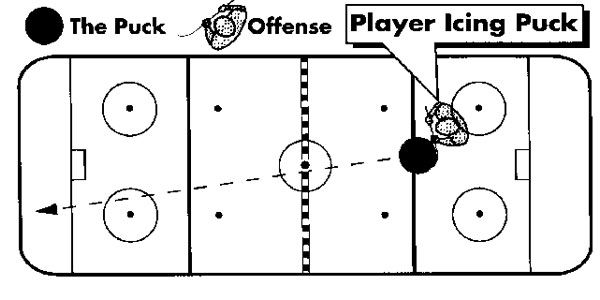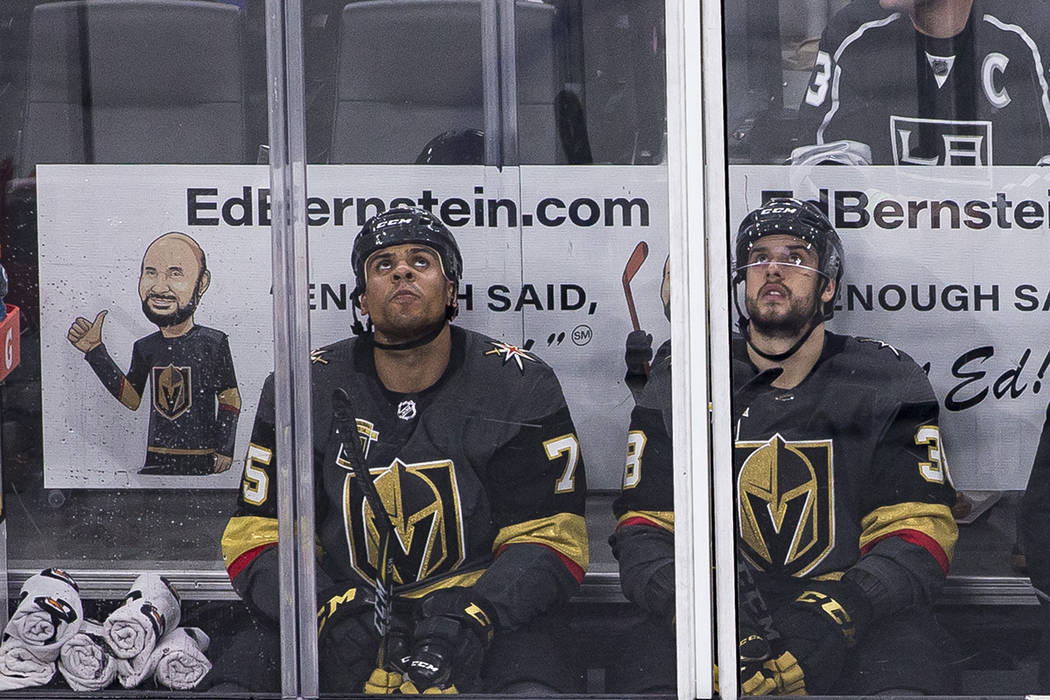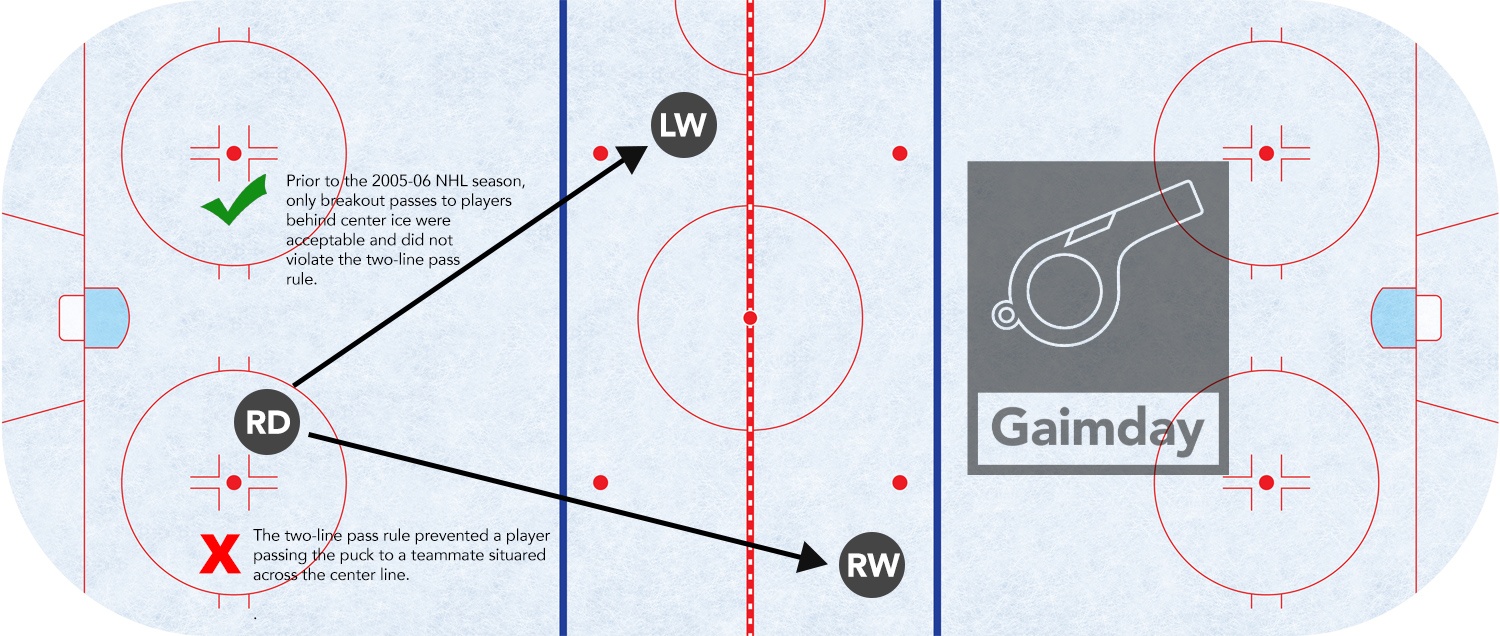Ice Hockey Offside Rule Explained
If you're searching for picture and video information linked to the keyword you have come to visit the right site. Our site provides you with hints for seeing the maximum quality video and image content, search and locate more enlightening video content and images that fit your interests.
includes one of tens of thousands of movie collections from various sources, particularly Youtube, so we recommend this movie for you to view. This site is for them to stop by this website.

In hockey a play is considered offside when a player enters the offensive zone prior to the puck fully crossing the blue line.
Ice hockey offside rule explained. Ice hockey officials and linesmen have the responsibility of enforcing all offside calls. Instead play is stopped and a faceoff follows. The offside rule deflections and rebounds. Faceoffs following an offsides call.
No player can have both skates in the attacking zone when the puck crosses over that blue line. Offsides is one of the key components to an ice hockey game and can be a make or break factor when determining the outcome of a scoring play. The faceoff is in the neutral zone i e. Otherwise you ll notice the referee with their arm up indicating a delayed offside call.
Between the red and blue line but on the side where the offside violation occurred. If a player crosses the blue line ahead of the puck he is offsides and the play. If a puck is sent into the offensive zone while an offensive player is in the zone that player is. An offside play is blown dead if the team violating the infraction is in possession of the puck in the offensive zone.
If a defending player sends the puck out of his zone and it rebounds off one of his defending. This brief video explains the offside rule in ice hockey. An offside call is not a penalty that results in a player spending time in the box like tripping cross checking etc. The puck must always precede the team which has possession of it across the opposing team s blue line.
The position of the player s skates and the position of the puck relative to the blue line are determining factors for an off side violation. A off sides occurs when player s of an attacking team precede the puck into the attacking zone. The player would be in an offside position and caught offside. This rule refers to all ice hockey playing positions.
The position of the player s stick shall not be considered in all instances deciding off sides. Immediate offside rule a defending player has legally carried the puck out of their own zone and then passes the puck back into their own zone.


















